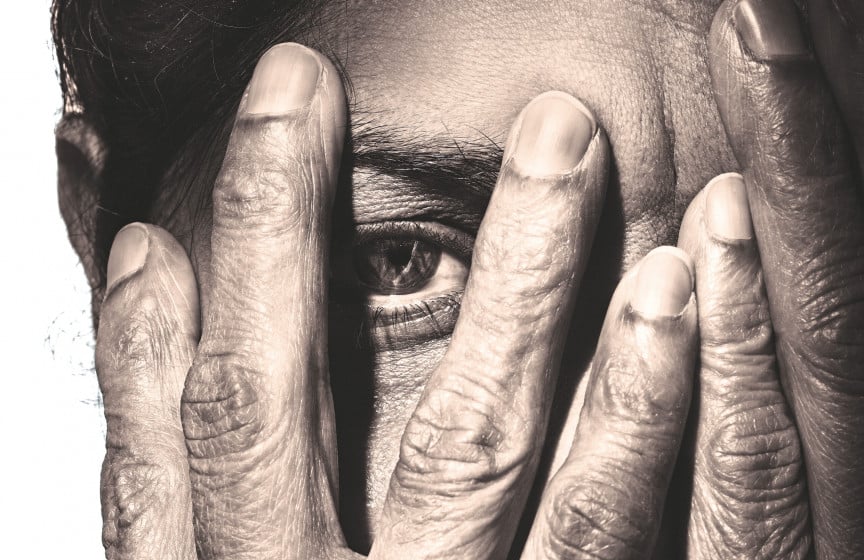Access: Solutions We Love
- This Is Gender-Affirming Care
- Share
This Is Gender-Affirming Care
Transgender and nonbinary people have long faced barriers to health care, but today’s efforts to eliminate access to this medically necessary care are unprecedented. Skeptics claim gender-affirming care for trans people is experimental and dangerous—but that is false. Gender-affirming care for trans people is based on 40 years of clinical research, with best practices regulated by the World Professional Association for Transgender Health (WPATH). WPATH requires “extensive exploration of psychological, family, and social issues” before considering physical interventions for young people, which means that no reputable provider is performing surgeries on or providing “experimental” medication to minors.
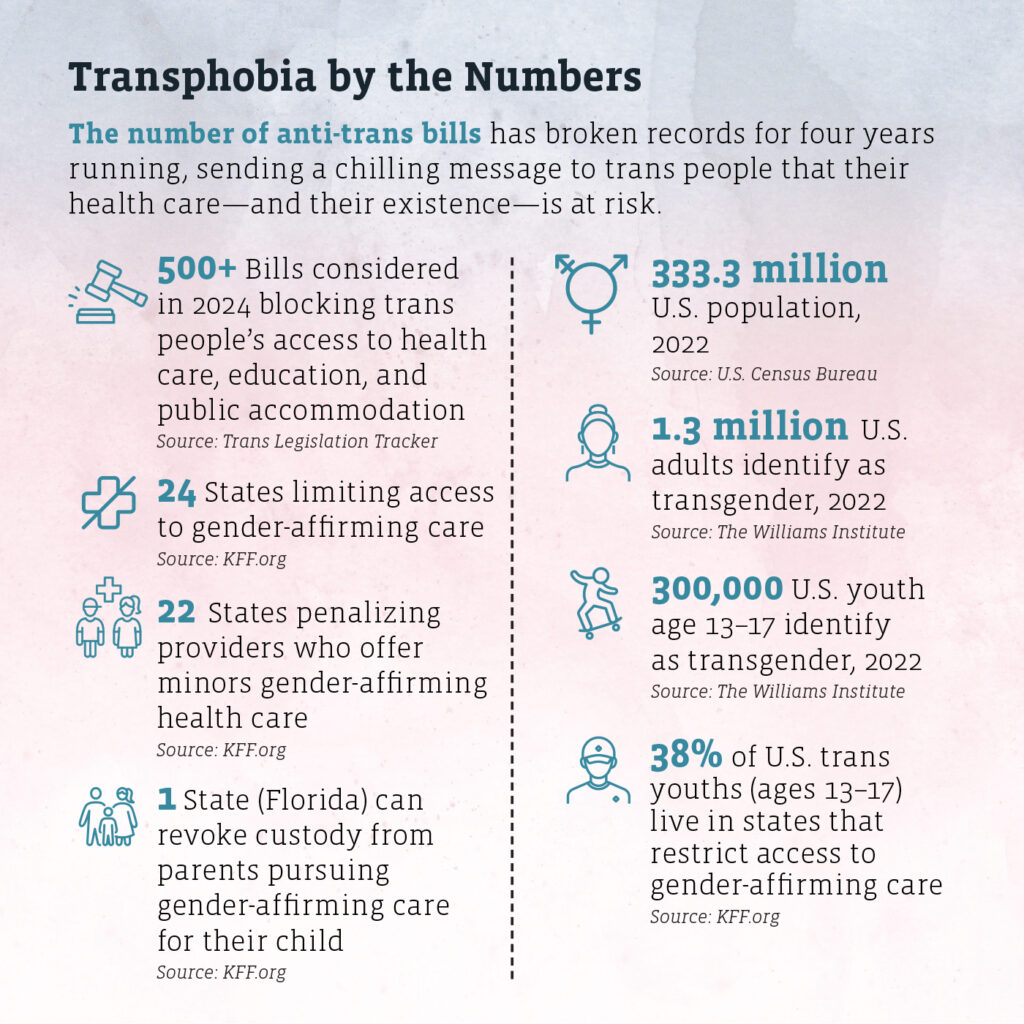
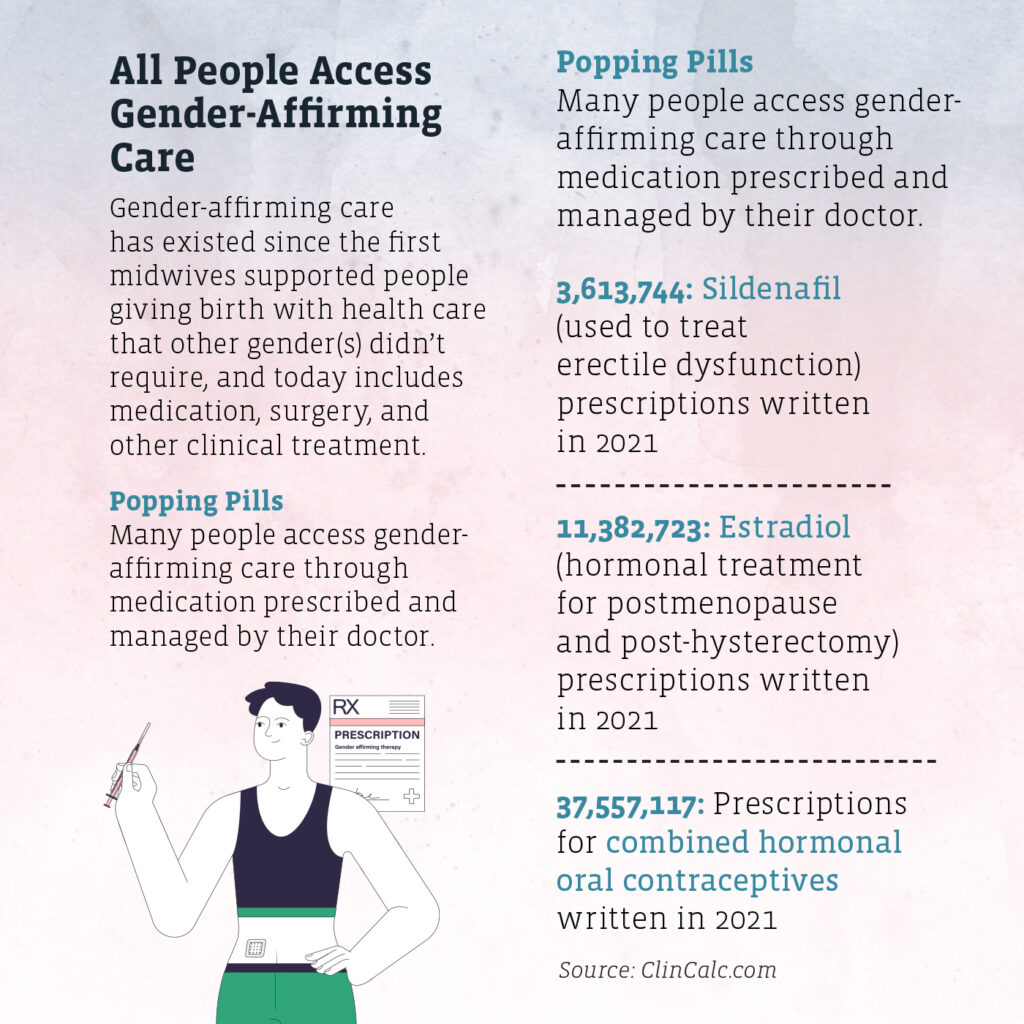
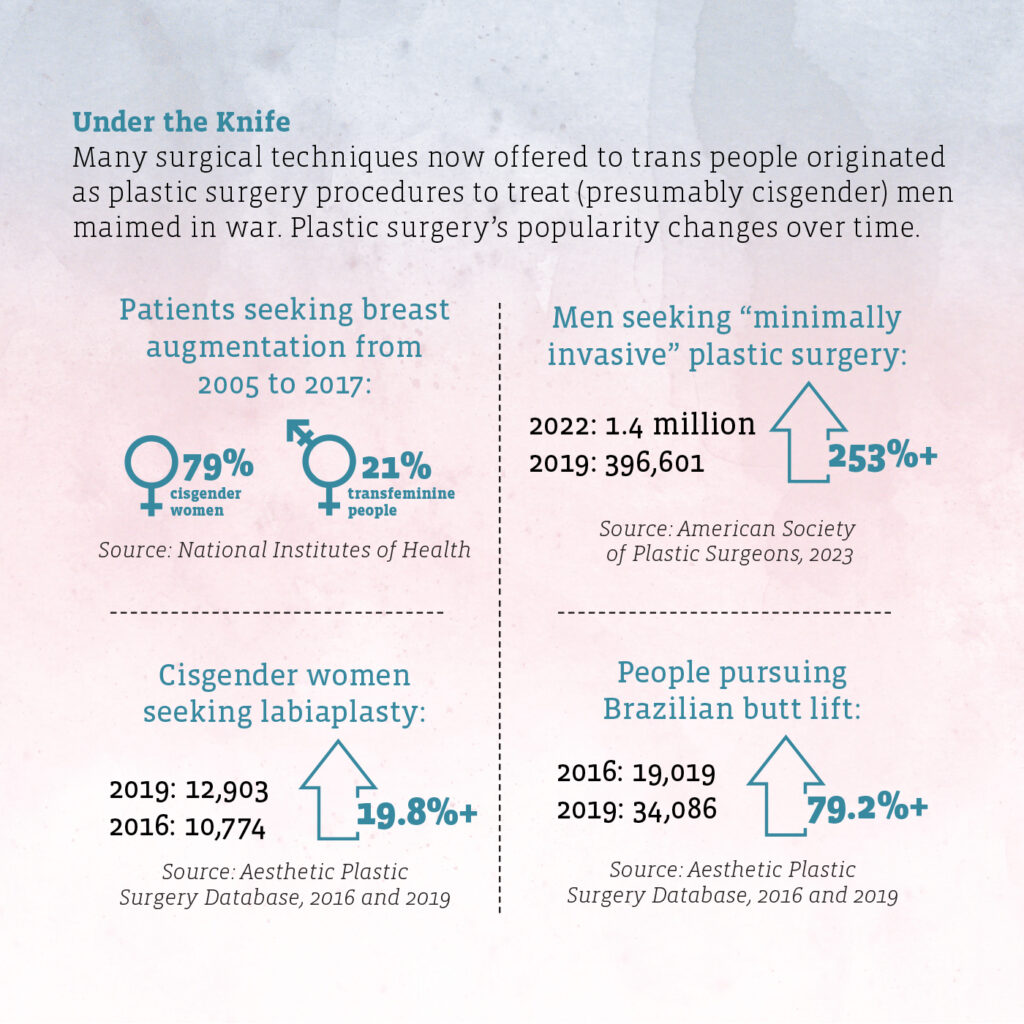
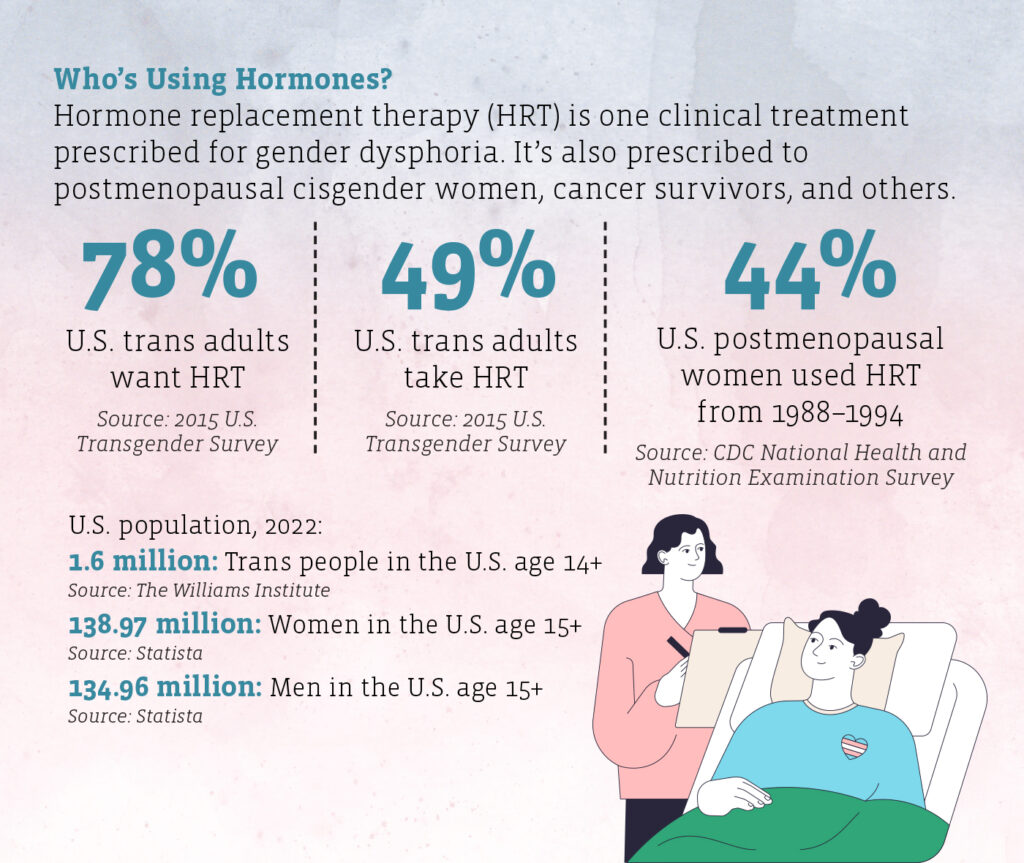
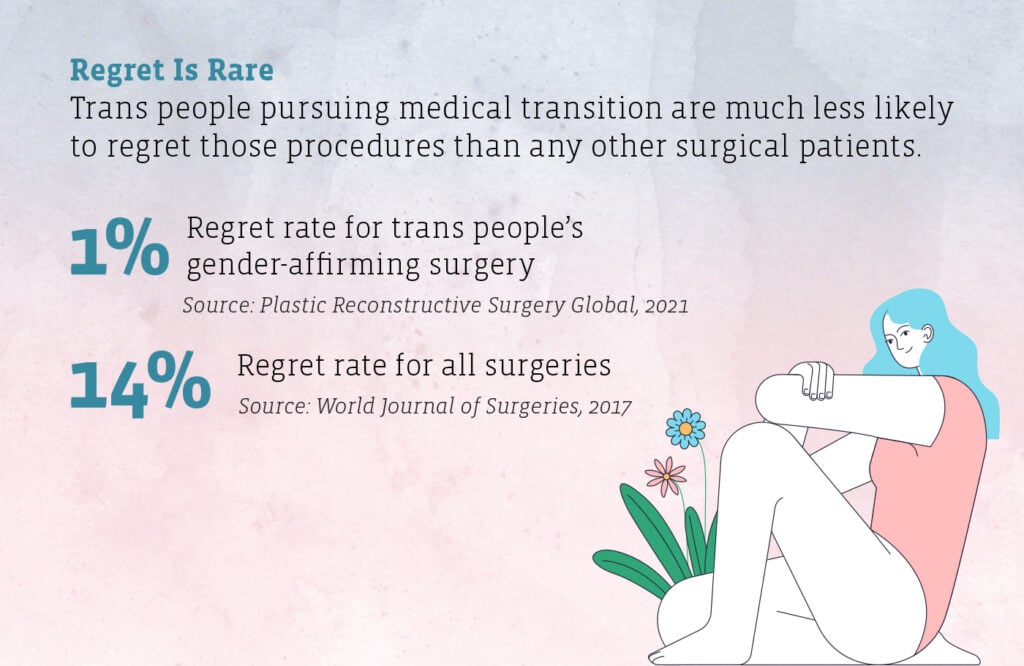
|
Jacob Anderson-Minshall
is a transgender journalist, editor, and co-author of the memoir Queerly Beloved: A Love Story Across Genders.
|


